Highlights
Table of Contents
Explore article topics
With the worst impacts of the pandemic subsiding and the world slowly opening back up, there’s a chance you may soon find yourself on a beach again. It’s what we’ve all been dreaming of for a while, right? So chances are that you may also want to be filming on that beach. And while a beach shoot can be a lot of fun, it also throws up some unique challenges and difficulties you don’t always encounter in other scenarios.
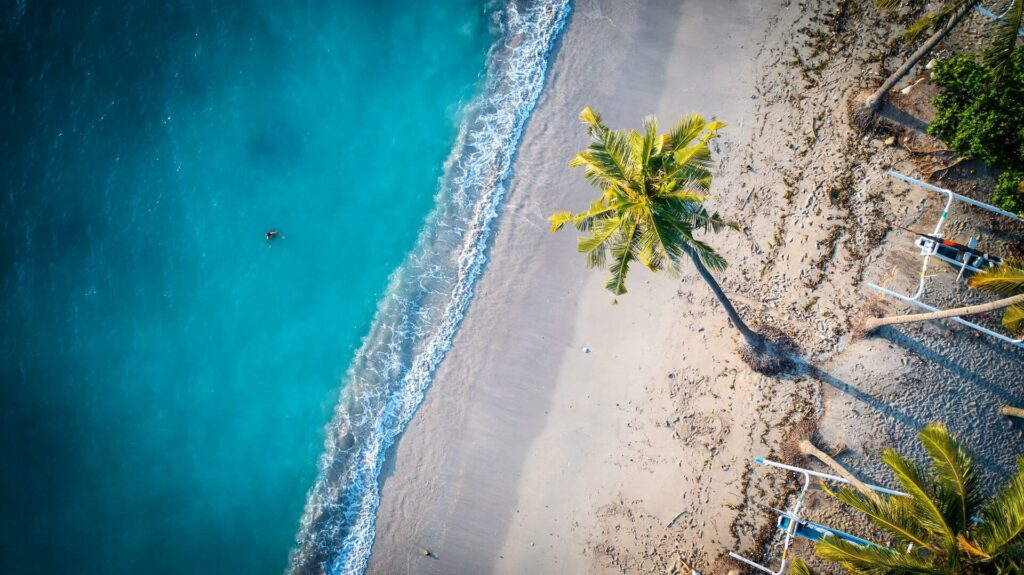
In this article, we’re taking a look at how to properly plan and prepare for a beach shoot to ensure it goes as smoothly as possible. So let’s get into it.
ND filter
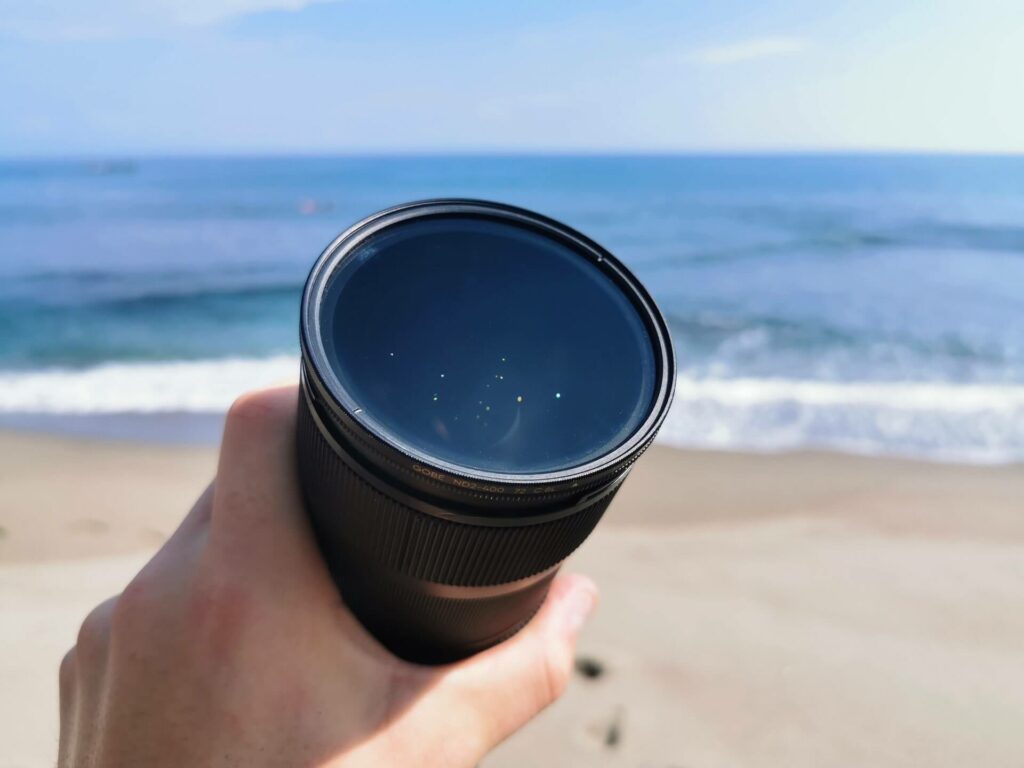
I don’t want to jinx it for you, but I’m hoping that on your beach shoot, it’s going to be sunny. Very sunny. And with that sun comes a tremendous amount of eye-squinting brightness. The number 1 piece of gear I recommend to anyone shooting on the beach is to bring an ND filter.
ND filters (neutral density filters) are essentially sunglasses for your lens. The filter reduces the amount of light that’s “getting in” to your camera’s sensor. They are perfect for very bright situations because they allow you to keep your camera’s aperture low and achieve a shallow depth of field for the best and most cinematic images. Without the ND filter, you’ll find that trying to shoot at a low aperture is impossible as everything quickly becomes overexposed and blown out. While you could adjust shutter speed to counteract this in photography, you can’t really do that with filmmaking.
You can check out an ND filter chart to further understand how these things work.
Polarizers
Of course, there are several different types of camera filters out there. Alongside your ND filter, I’d also recommend bringing a camera polarizer lens. These work by blocking certain waves of light reflected off surfaces such as windows or water, enabling you to get a clearer shot of what is on the other side. In the case of a beach shoot, polarizers are incredibly useful if you’re filming the ocean, as well as reducing the general glare.
Reflectors and negative fill
On a beach shoot, it’s most likely that you’ll be filming in natural light. This throws up a unique set of challenges. While your footage will look amazing when you get it right, there are also many ways in which shooting with natural light can go wrong. I suggest you bring both reflectors and negative fillers to help make that natural light work better for you.
A reflector is a piece of material that has a reflective surface. It can be either held or set up in a way that redirects the sunrays, bouncing light off and onto your subject or scene. With all that sun at the beach, you may as well try and use it to your advantage, right?
Meanwhile, a negative fill is used similarly, but for the opposite reason. Rather than reflecting and bouncing the light in a chosen direction, you can use a negative fill (something like a black flag, for example) to block out the direct light that’s beaming onto your subject or scene. This can help you in creating tone and depth.
Tripod warning
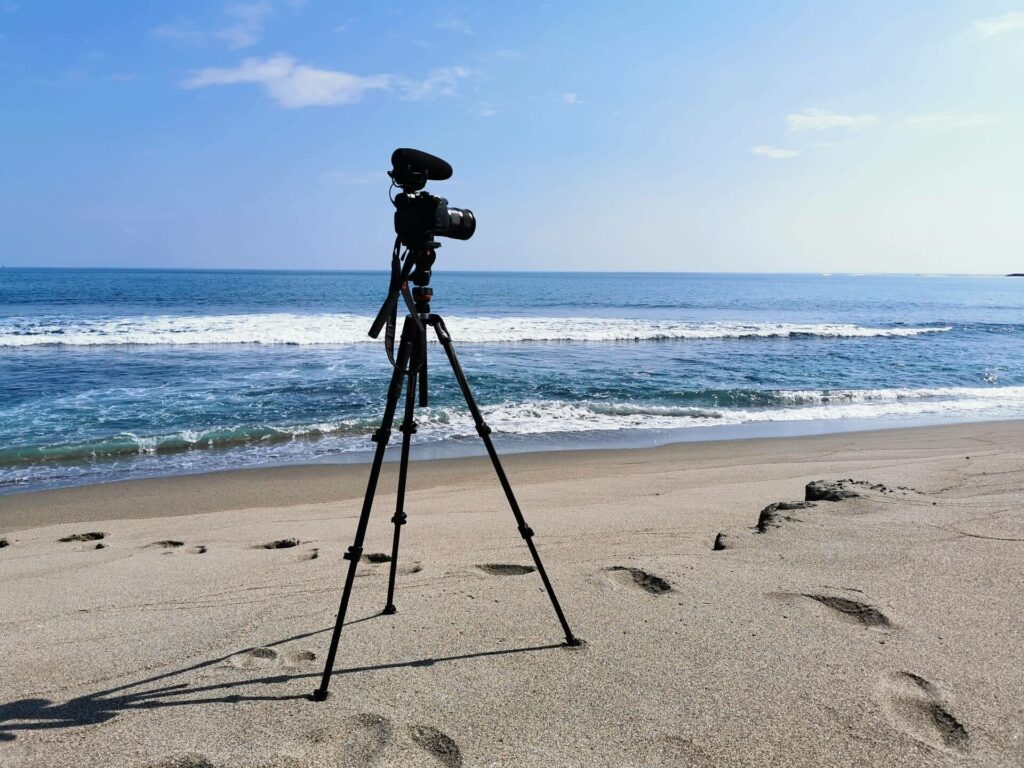
Here’s a heads up for you! Saltwater (the ocean) is highly corrosive when it comes into contact with aluminum. So if your tripod‘s legs are aluminum, I highly recommend keeping them away from any water on a beach shoot. If you can, opt for carbon fiber. It’s a far more resistant material.
It’s going to be windy
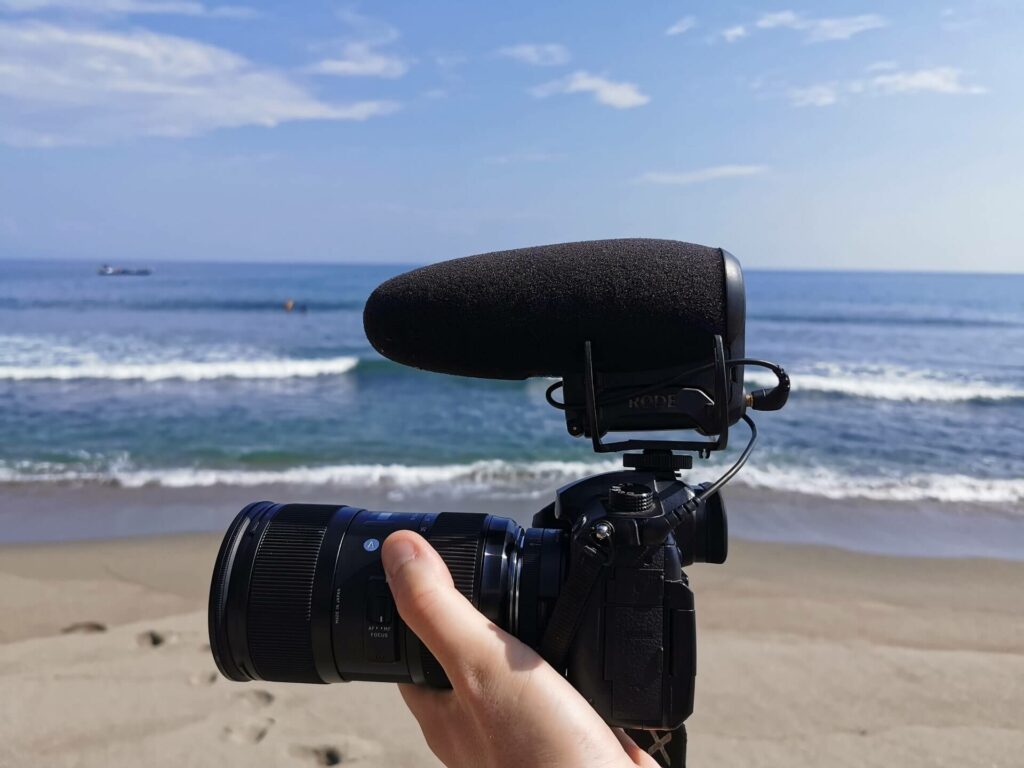
There are no guarantees when it comes to weather at the beach, and you should certainly check your weather apps in the days leading up to any potential shoot. But if there’s one thing we can guarantee alongside sunshine, it’s wind. Because the ocean and coastline are such vast, wide-open spaces, the wind is often at its strongest here. As you probably already know, this can cause havoc when it comes to audio, as well as other pieces of gear.
You should be doing this already, but particularly in the case of a beach shoot, ensure that all your microphones have an acceptable windbreaker or “dead cat” on them. If the wind is blowing directly over the mic, your audio will be ruined. If you have a crew with you, it could be advantageous to have someone hold a bounce board or some sort of large panel that blocks the worst of the wind from hitting your equipment.
Also, if you’re going to mount your camera on a tripod, it’s a fairly good idea to ensure that the tripod is sufficiently weighed down and locked in place. A gust of wind knocking over your expensive camera that cost several thousand dollars onto the rocks below? No thanks.
Keep things dry
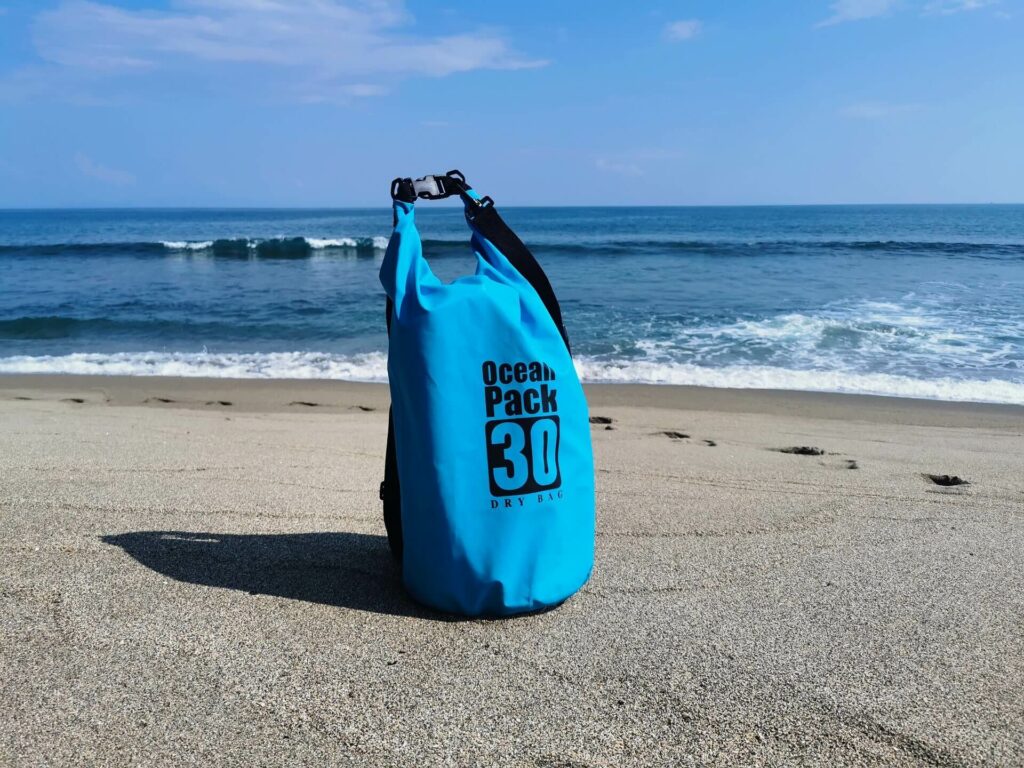
I only started using a dry bag when I began diving, but honestly, you should take one with you on any beach shoot. When you’re working so close to such a vast amount of water, it’s just common sense. You never know when a rogue wave might hit you, or perhaps it’ll even start to rain. Having a reliable dry bag gives you some peace of mind and keeps your most important gear safe and protected from water damage.
Keep things clean
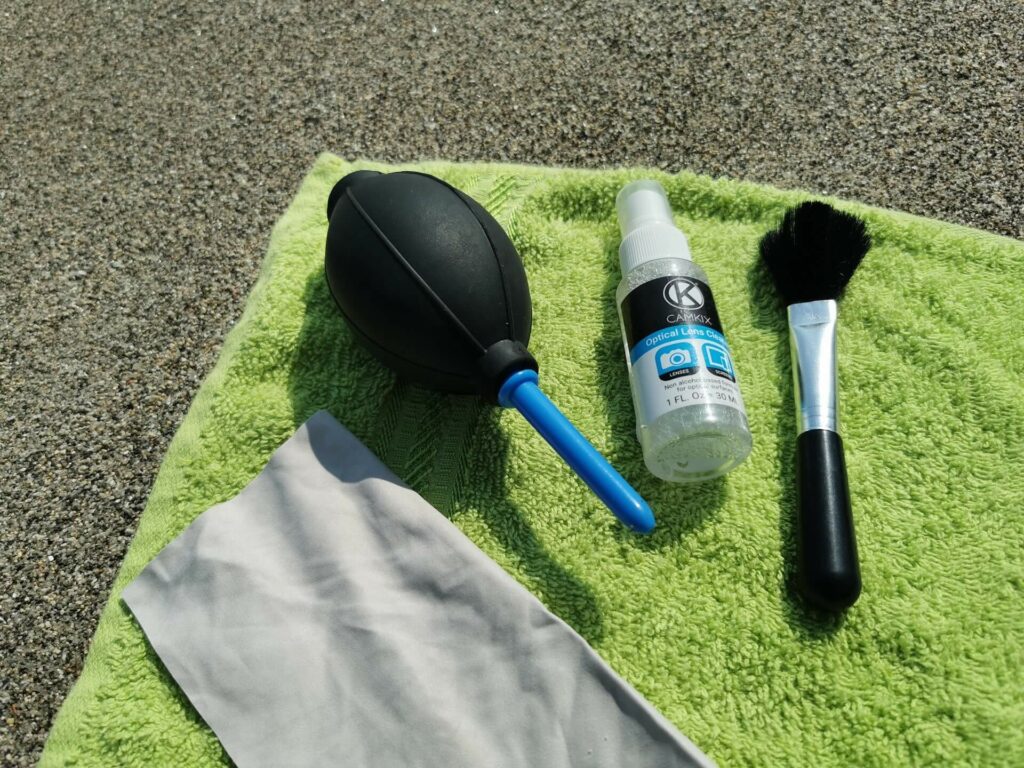
What do Anakin Skywalker and filmmakers have in common? They both don’t like sand. Sand is an absolute nightmare, especially when it comes to your camera gear. No matter what you do and how careful you are, the stuff gets everywhere. So from my own experience, it’s highly recommended that you bring yourself a camera cleaning kit. It doesn’t have to be anything fancy – just a blower to keep the lens and body as sand-free as possible, a bit of lens cleaning spray and a few microfiber cleaning cloths. These can really help with those inevitable smudges on your lens glass and screen after you’ve just applied a new layer of suncream.
Plan accordingly
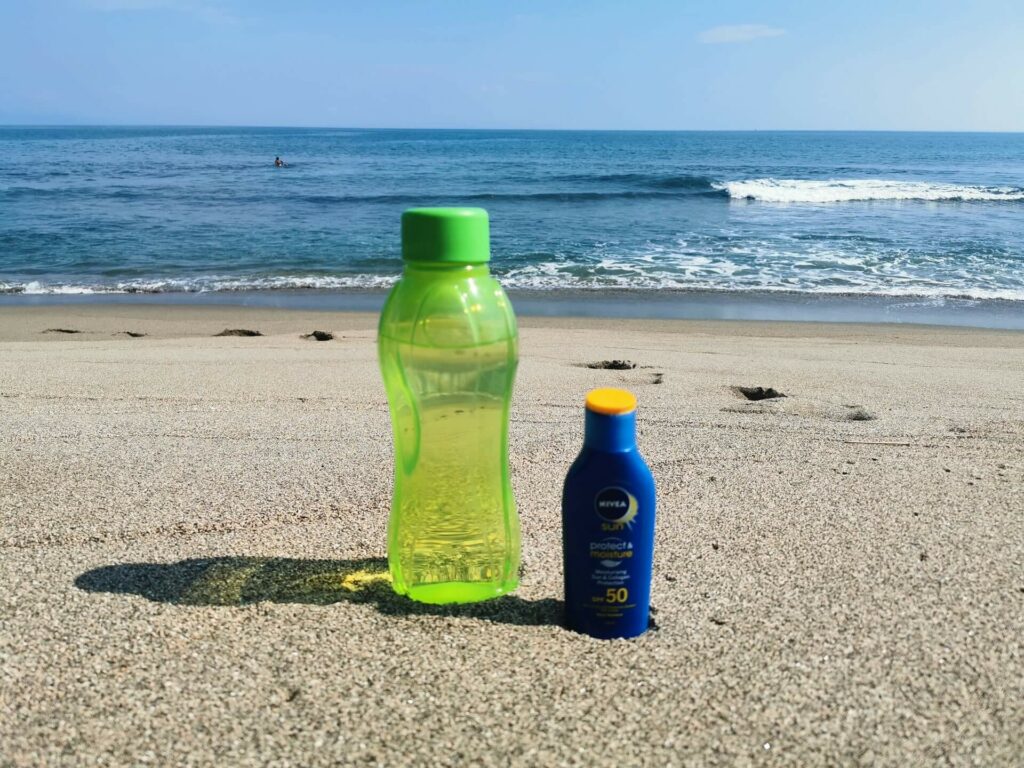
Speaking of suncream, plan accordingly! If you want your beach shoot to be a success, the small details, such as protecting yourself from sunburn, can make a big difference.
Alongside sunscreen, I recommend bringing a hat or cap that can keep the sun out of your eyes. Also, take plenty of drinking water to stay hydrated. If you’re hot and dehydrated, you won’t be operating at your maximum. Finally, as I already mentioned, you should be checking the weather apps regularly, so you have a rough idea of conditions, as well as checking tide times.
It all sounds simple, but these things are often overlooked.
You could pitch a tent
The last thing I’ll mention is optional. It depends on the size of your shoot and whether you have the time/willingness to carry and set it up. Bringing a tent could help keep your gear clean and organized, acting as a “clean space” where (theoretically) no sand, or very little sand, can get at it when not in use.
Wrapping up
So, those are our top tips for your next beach shoot! Whether you’re out casually shooting B-Roll or filming a full-blown production, these tips can help you succeed. The beach is always a fun location to film in, but given how unpredictable it is, you need to be aware and prepared. That preparation sets up your day perfectly, allowing you to worry less about whether your gear is getting wet or sandy and instead focus on nailing the best shots possible.
Josh Edwards is an accomplished filmmaker, industry writing veteran, storyteller based in Indonesia (by way of the UK), and industry writer in the Blade Ronner Media Writing Collective. He's passionate about travel and documents adventures and stories through his films.
Share this article
Did you find this article useful?
Related Posts
- By Tim McGlinchey
- 25 MIN READ
- By Josh Edwards
- 11 MIN READ
Latest Posts
- 17 Apr
- By Daniela Bowker
- 7 MIN READ
